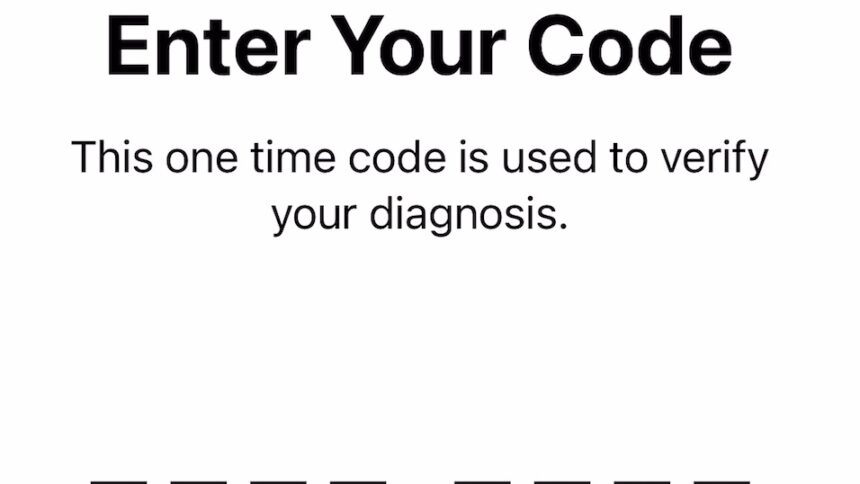State acknowledges flaws in COVID-19 Exposure Notifications app

COLORADO SPRINGS, Colo. (KRDO) — Only a small percentage of the Coloradans who were prompted to submit their positive COVID-19 test results to the state’s Exposure Notification app actually followed through.
13 Investigates reveals two flaws in Colorado’s phone app designed to warn residents of possible virus exposure early on.
One in four Coloradans have enabled Colorado Exposure Notifications on iPhones or Androids since the app went live in late October. It’s one of the state’s tools for tracking COVID-19 exposure. The app is developed and maintained for free through Google and Apple.
“I thought it was a great idea,” said Colorado Springs’ Scott Riebel, who enabled the app on his phone.
Riebel’s opinion changed when he was diagnosed with COVID-19 after Christmas.
“The app, to me, was worthless,” he said.
Riebel was exposed to the virus, but never notified. KRDO asked the state of Colorado exactly how many people have received COVID-19 exposure notifications since the app went live. It turns out, one of the reasons the state convinced so many people to trust the app, is the same reason for a major gap in data reporting.
“It doesn’t know who uses it, know personal information like an IP address or phone number,” said Sarah Tuneberg, the senior advisor for COVID-19 Testing, Containment, and Technology in Colorado. “And so that really limits the kind of information we can track. And right now, knowing how many people have been notified is one of the pieces of data we don’t have.”
Tuneberg said the state knows that notifications are working, though, through user feedback and employee testing of the app.
“So there’s a couple of things that we utilize to understand if things are working,” Tuneberg said. “The first is — we talk to people. We look very closely at the reviews that are placed for Exposure Notification.”
13 Investigates looked at reviews for the app in the Google Play store as well. Nearly 100 1-star reviews express similar frustrations.

Tuneberg said there is a slew of reasons why you might not receive an exposure notification from the app even if you are signed up. It’s possible that you weren’t within six feet of a positive patient for at least 15 minutes, you didn’t have your phone, the positive patient doesn’t have the app-enabled, or they chose not to anonymously report their results.
Reporting a positive COVID-19 diagnosis is its own issue in the app.
“I went in there and indicated I tested positive,” Riebel said. “And then it asked me to enter a verification code. But it doesn’t tell you anywhere on the app where to get that verification code.”
That’s because the Colorado Department of Public Health and Environment is supposed to send a verification code to the phone number associated with positive COVID-19 lab results. As of now, if you don’t get a code, you can’t report your results to the app. It’s a flaw the state knows about and is working to fix.
“We’re working with Google and Apple on that front,” Tuneberg said.
Of the Coloradans who do receive a COVID-19 confirmation code, only a small portion have claimed it. According to the state, about 8% of the 148,000 Coloradans actually claimed their code in the app.
The state of Colorado is also working on campaigns to convince more Coloradans to enable the exposure notification technology, which could increase its effectiveness.
